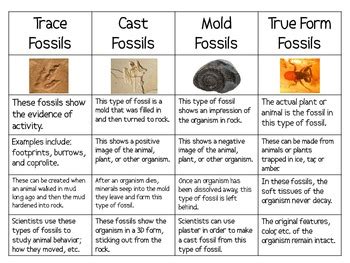four types of fossils - actual remains fossils : 2024-11-02 four types of fossilsLearn what a fossil is, how it forms, and what types of fossils exist. Explore examples of fossils from different geologic ages, from the oldest stromatolites to the recent Ice Age. four types of fossilsPlease enable JavaScript to view the page content. Your support ID is: 304082769767793906. Please enable JavaScript to view the page content.Your support ID is .
Meklē divstāvu bērnu gultu? Vairāk kā 300 divstāvu gultu. 24 mēneši garantija. Līzinga noformēšana. Ātrākās piegādes. Bezmaksas piegāde visā Latvijā
four types of fossils Fossils are the preserved remains, or traces of remains, of ancient organisms. A fossil can preserve an entire organism, just part, or traces of one (for example, footprints). Bones, shells, fur, skin, .Figure 11.6: Five types of fossils: insect preserved in amber, petrified wood, cast and mold of a clam shell, compression fossil of a fern and pyritized ammonite. Exceptional Preservation Some rock beds have .Bones, teeth, and fossilized eggs are the most common body fossils. Skin, muscles, tendons, and organs decay quickly and thus are rarely preserved, although rare imprints have been discovered. Body fossils .
four types of fossils

The five most often cited types of fossils are mold, cast, imprint, permineralization and trace fossils. Mold or Impression. A mold or impression fossil is formed when the plant or animal decays .When most people think of fossils they think of dinosaur skeletons and large bones, but there are many different types of fossils to be found. Palaeontologists, people who study fossils, divide them into two major .
Low Voltage Waveform Cables. 0.6/1kV voltage rated LV Waveform cables featuring 3 or 4 core solid segmented aluminium conductors. XLPE insulated with PVC or LSZH outer sheath, LV Waveform cables are service cables, commonly used in final connections to properties. Conforms generally to BS7870 and IEC/EN 60228. DNO approved.
four types of fossils